by Jeff Moravec
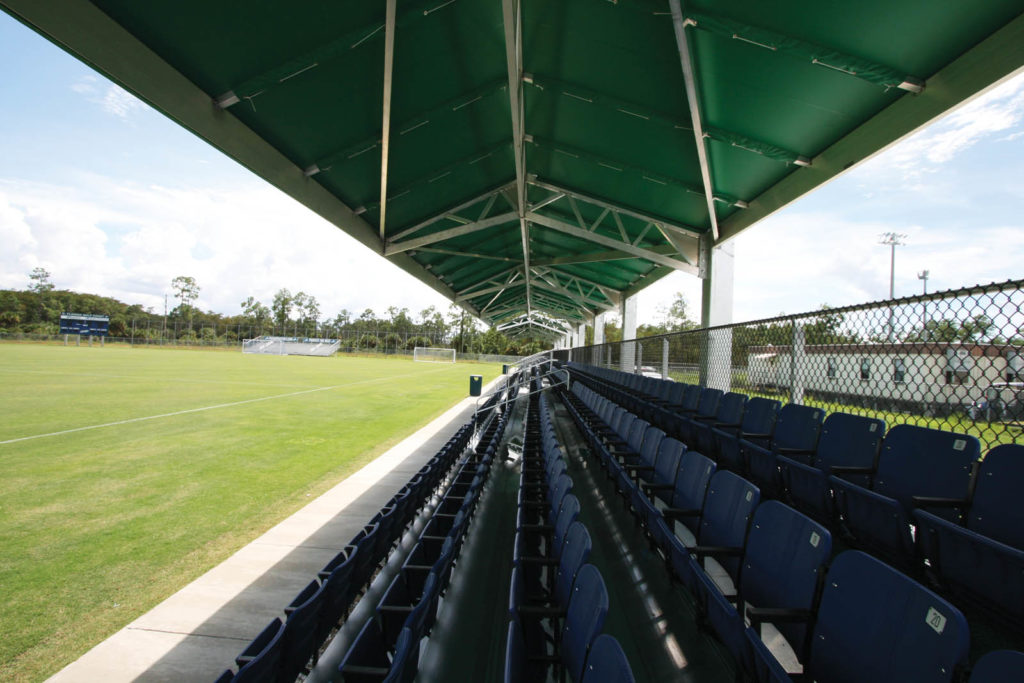
Fabric is typically the star of the show in any fabrication project. What often gets overlooked, however, is the role supporting metal frameworks play—often behind the scenes—in fabric structures. The metal framework may frequently be an unheralded bit player, but it’s critical to any project and can often be used as a selling point for fabricators who emphasize the frame and know how to market its importance.
Part of the reason framework doesn’t get its due is a lack of education on the part of customers, says Chuck Auger, marketing manager for Rubb Building Systems, which makes fabric tension structures, buildings and shelters in Sanford, Maine.
“So many people see a fabric structure and perceive it to be a tent,” says Auger. “Our biggest task is to educate potential customers that there are tents out there, but we do not build tents. We build a permanent building, or a relocatable permanent building. We actually consider ourselves steel fabricators more than fabric.”
In addition, metal framework has traditionally been hidden away behind the fabric—intended, especially in residential settings, to “blend in with fabrics or wall paints,” says Edward Skrzynski, owner of Marco Canvas & Upholstery LLC, in Marco Island, Fla.
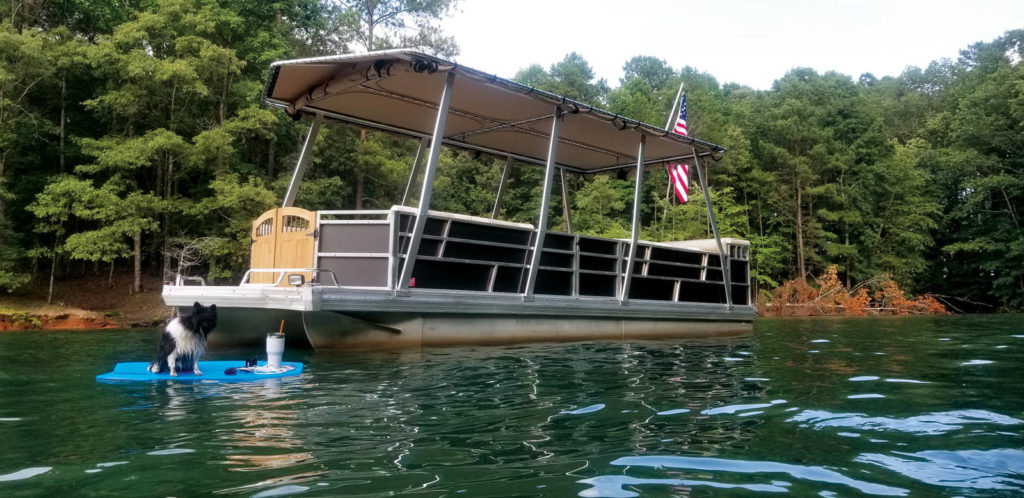
Push for tough questions
When customers perceive a fabric structure to be a tent, Auger says, the metal framework may get short shrift. But the consequences of skimping on the metal framework can be significant, he says, so Rubb emphasizes the strength of its tensile structures.
“I don’t think the marketplace fully understands code and how it applies to fabric structures,” Auger says. “Over the years a lot of flimsy buildings have gone up at a low price, and some of them have failed. That’s hurt our industry. People see a building blow down and they assume they are all the same. They aren’t.”
The task, according to Auger, is getting the customer to ask the tough questions.
“It doesn’t work for me to say another building is not up to code,” he explains. “We need to get the customer to ask: ‘How much steel is going into the building? Is it enough? How much does it weigh? Is it engineered properly?’ If the building they’re thinking about buying weighs half as much as ours, they need to consider if they’re getting a good value for their dollar.”
Rubb also emphasizes the hot-dip galvanization all of its steel receives, says Auger.
“After we fabricate the steel and build it all to the size it needs to be, and punch all the holes in it where the bolts are going, we send it off to the galvanizer, where it’s dipped in a pool of zinc,” he says. “It’s an extra cost and it’s there for a couple of days, so it takes time too, but the hot-dip galvanization is the best protection against corrosion.”
“If you don’t do that,” he says, “it will end up like the spray-galvanized fence in your backyard—moisture will get inside the tube and it will rot from the inside out.”
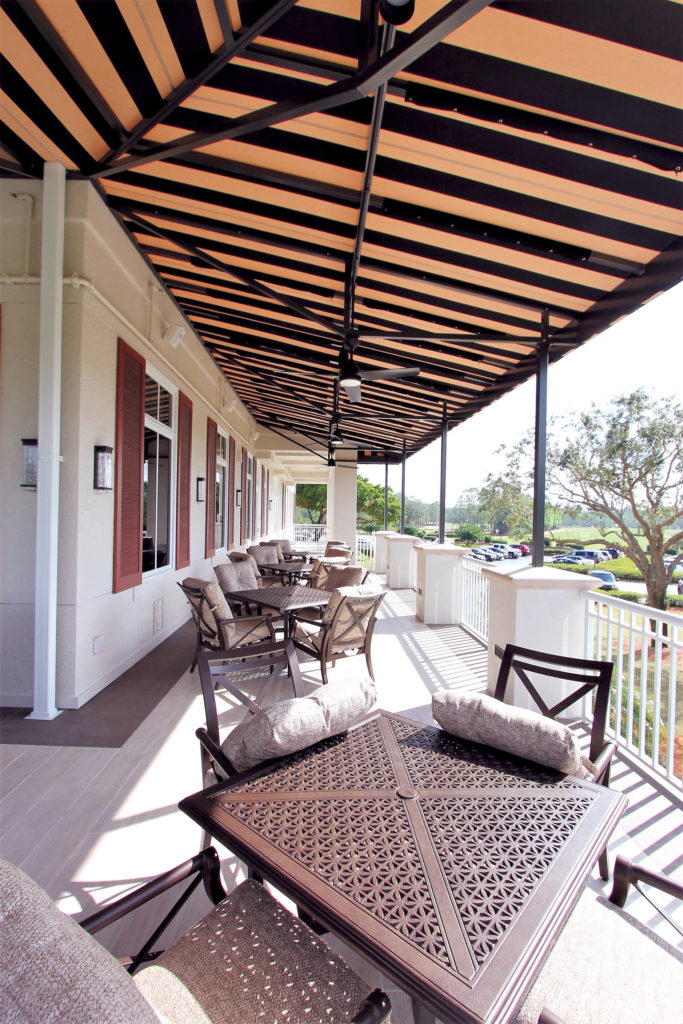
Strength costs more
Daymon Johnstone owns Lakeside Marine Canvas, in Buford, Ga., with his wife, Joni. Along with other fabrication work, Lakeside designs and builds party tops for boats that are engineered for strength and durability.
“We got into this when I saw that the party tops on boats weren’t strong enough, in my opinion, for what they were being put out there to do,” says Johnstone. “A lot of people were using lighter weight and inferior structural systems. I worked with an engineer for eight months to design a structurally sound, stable system that will hold up more weight than almost anybody else.”
Lakeside fabricates the party tops, all in-house, in seven-foot sections and uses marine-grade aluminum staples in its extrusion tubes, according to Johnstone. The trusses are welded for added strength and the fabric is stapled in for durability. PVC finishing trim conceals the staples.
The only issue with his system, says Johnstone, is that quality and strength come at a cost that not every boat owner is willing to pay. “My system has so much welding and work involved in it, I have priced myself out of a lot of jobs,” he explains. “My party tops will hold up in 100-mile-per-hour winds, but it’s hard to compete with those who are putting up lightweight stuff.”
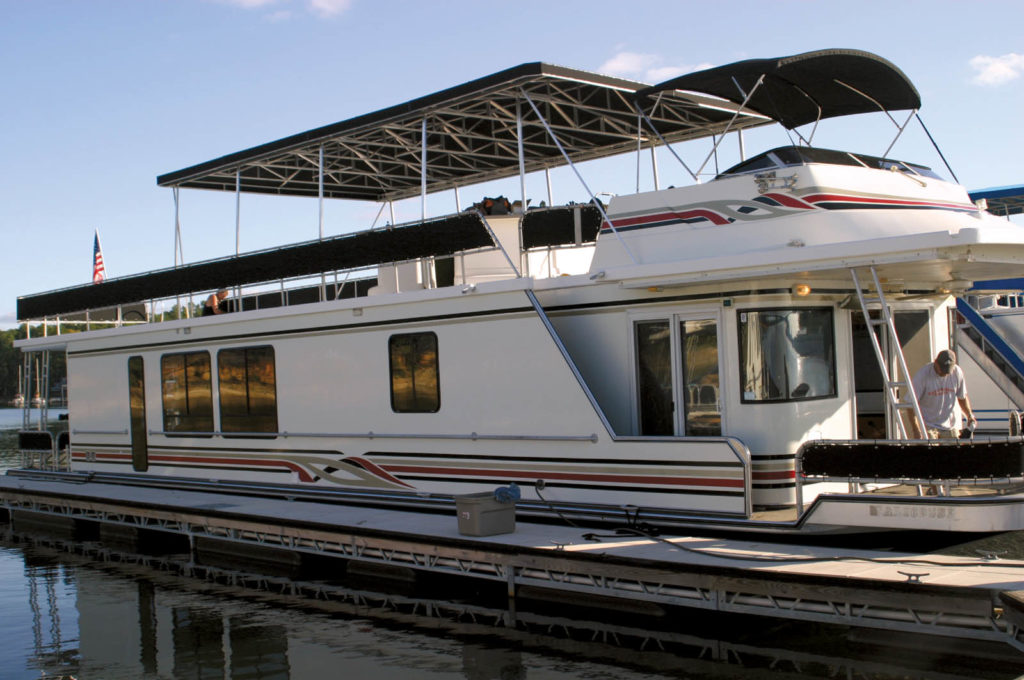
Technology drives capabilities
Technology is one of the drivers that has helped advance the design and capabilities of metal frameworks.
“There are still folks around who are doing hand sketches of their awnings,” says Steve Moyer, co-owner of Heartland Awning & Design in Omaha, Neb. “Since our beginning we’ve tried to cater to the design and building professionals using current technology to illustrate our designs. We started using CAD years ago to submit information to architects and designers, which allowed us to communicate in the language they are used to.”
That’s important, he says, because today all structures have more eyes on them. “Everyone from an architect to a building owner to a city inspector may be reviewing our plans,” he says. “Municipalities, as well as contractors, are not just interested in the aesthetic value of the frame design; they also need to have the structural integrity documented.”
“Technology has helped,” adds Skrzynski. “We employ 3D laser scanning of as-built spaces and can take that model and overlay on an architect’s 2D PDF drawing to scale. Many times, we will see a change is needed based on actual layout versus what was designed. This helps greatly, proving change orders are needed. We can also take that as-built scan and draw our metal structures into the scan, allowing us to build modular and ship-to-site for assembly versus building/welding on-site in less-than-ideal conditions.”
Also, he says, “This lets us work with end users, architects and builders to provide realistic renderings. Many times, we are hired prior to scan and design. We do this a lot for residential projects, as most people can’t visualize what something will look like and the rendering will sell the project.”
According to Auger, advanced design software programs also allow designers and fabricators access to a wealth of information that is valuable in the design process, automating calculations and improving the engineering efficiency. “One of the advantages of fabric buildings is the speed of delivery, from design to installation, and advancements in technology continue to maintain this advantage,” he says.
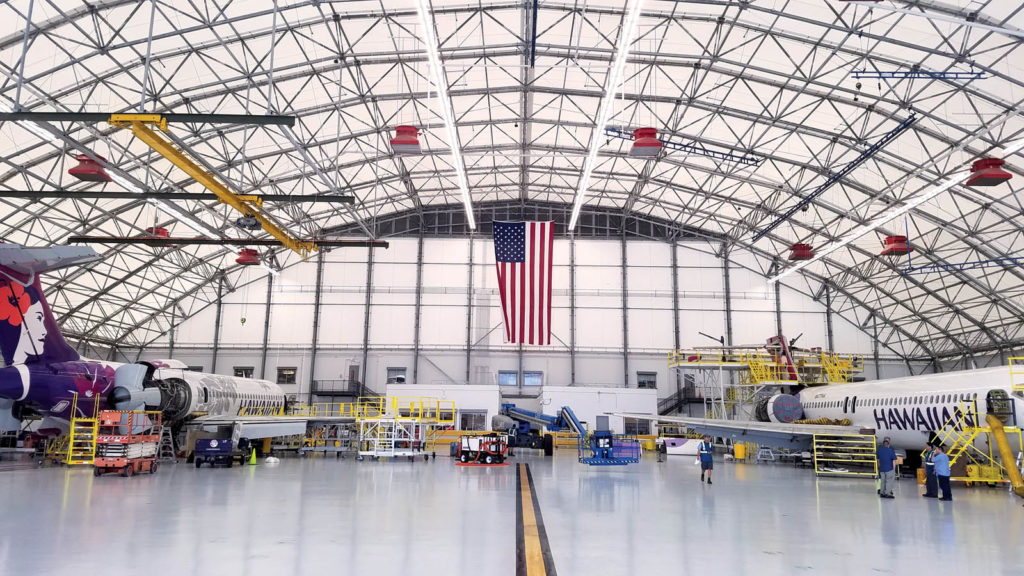
In-house vs. outsourcing
Not all fabricators have the capacity, skills or even desire to do any more than basic metal fabrication, but even those who specialize in it sometimes need to farm out work, according to Skrzynski.
“Some shops have to go to a metal fabrication house to do their frames, which tends to make them more expensive,” he says. “But it’s a good solution if you’re buried in work or simply don’t have the abilities or facilities.”
He says Marco is not geared toward doing very large steel work, so it sends out those jobs. “But when we do that, the price and/or delivery can be the difference between winning and losing a bid, and can have a negative effect on delivery, so we do as much of the work in-house as we can.”
However, adds Skrzynski, “There are some things outsourcing is always better for, such as powder coating. We just don’t want to build, buy or manage a paint shop.
“Those decisions are on a case-by-case basis, but if [a subcontractor] is on your jobsite, you better have contracts and safety agreements, because you are the specialty contractor and they are your sub—you are accountable for them.”
Jeff Moravec is a freelance writer from Minneapolis, Minn.
 TEXTILES.ORG
TEXTILES.ORG


